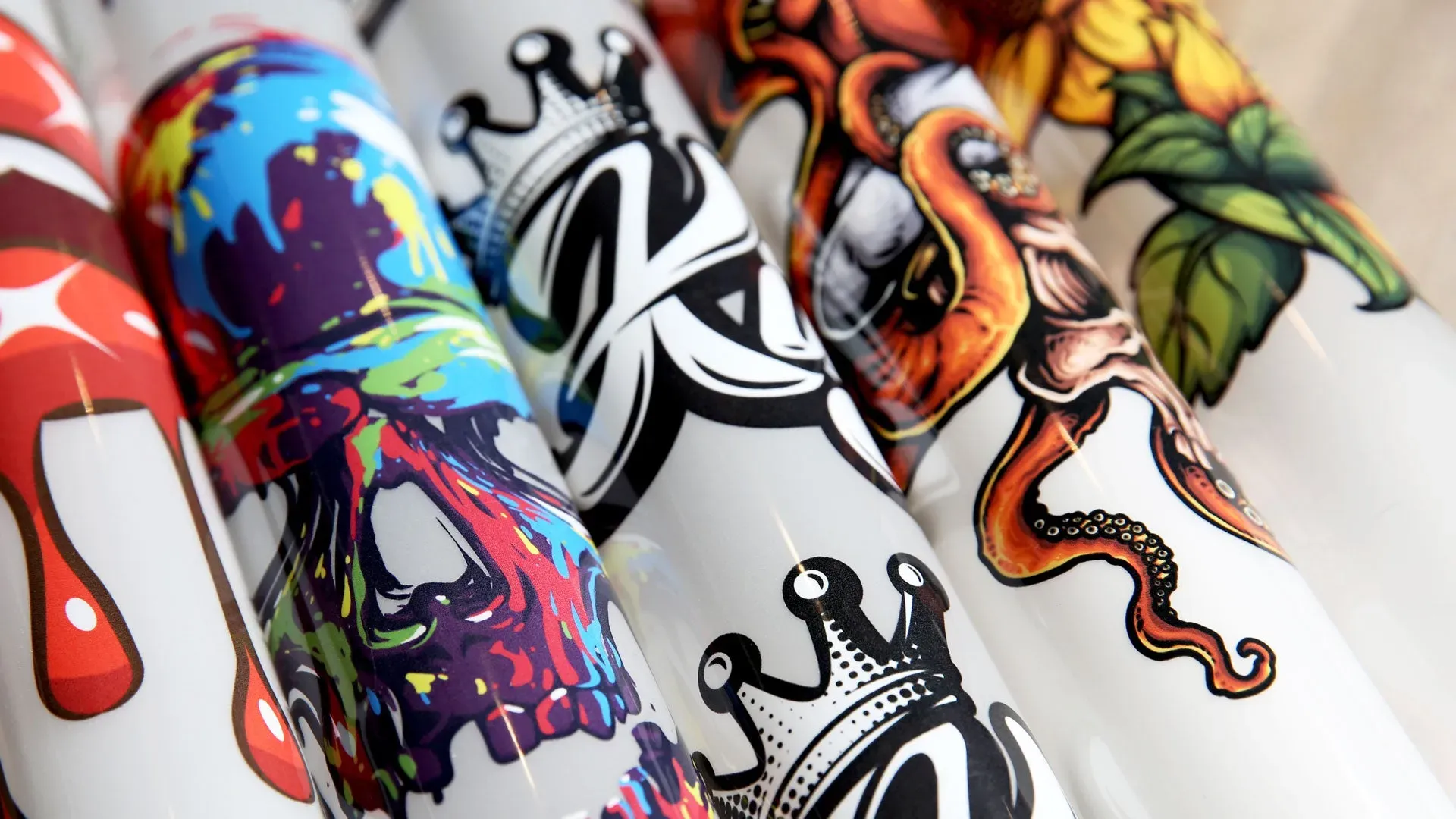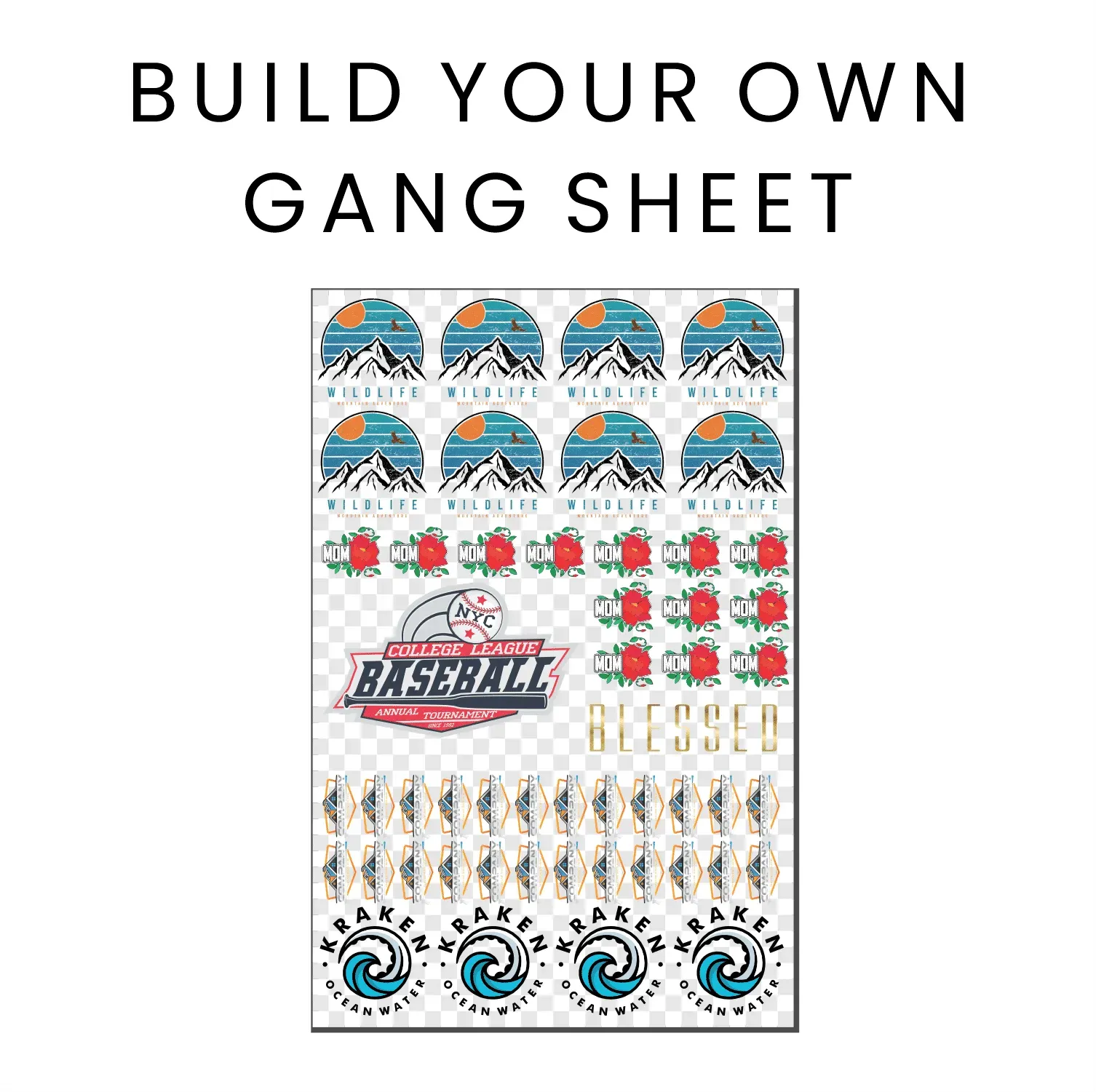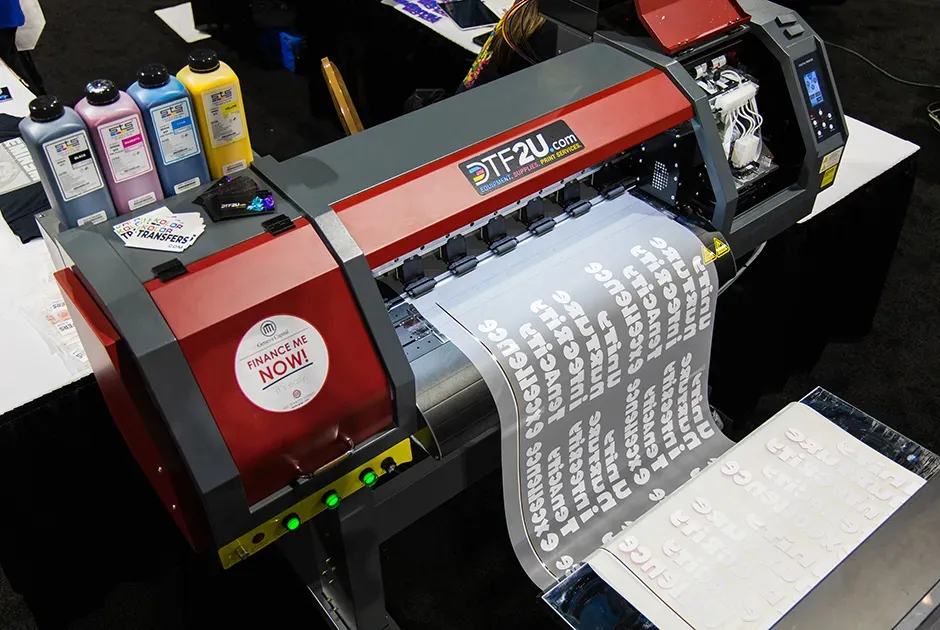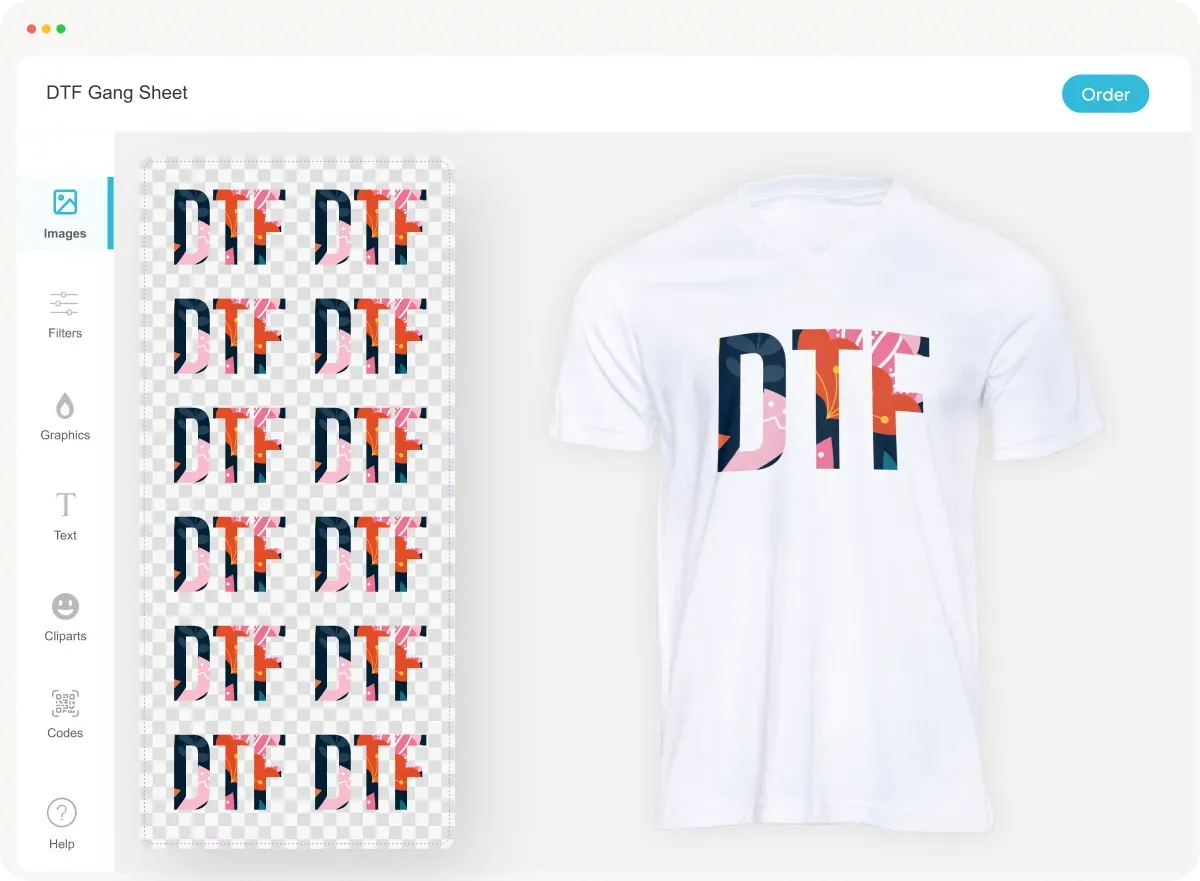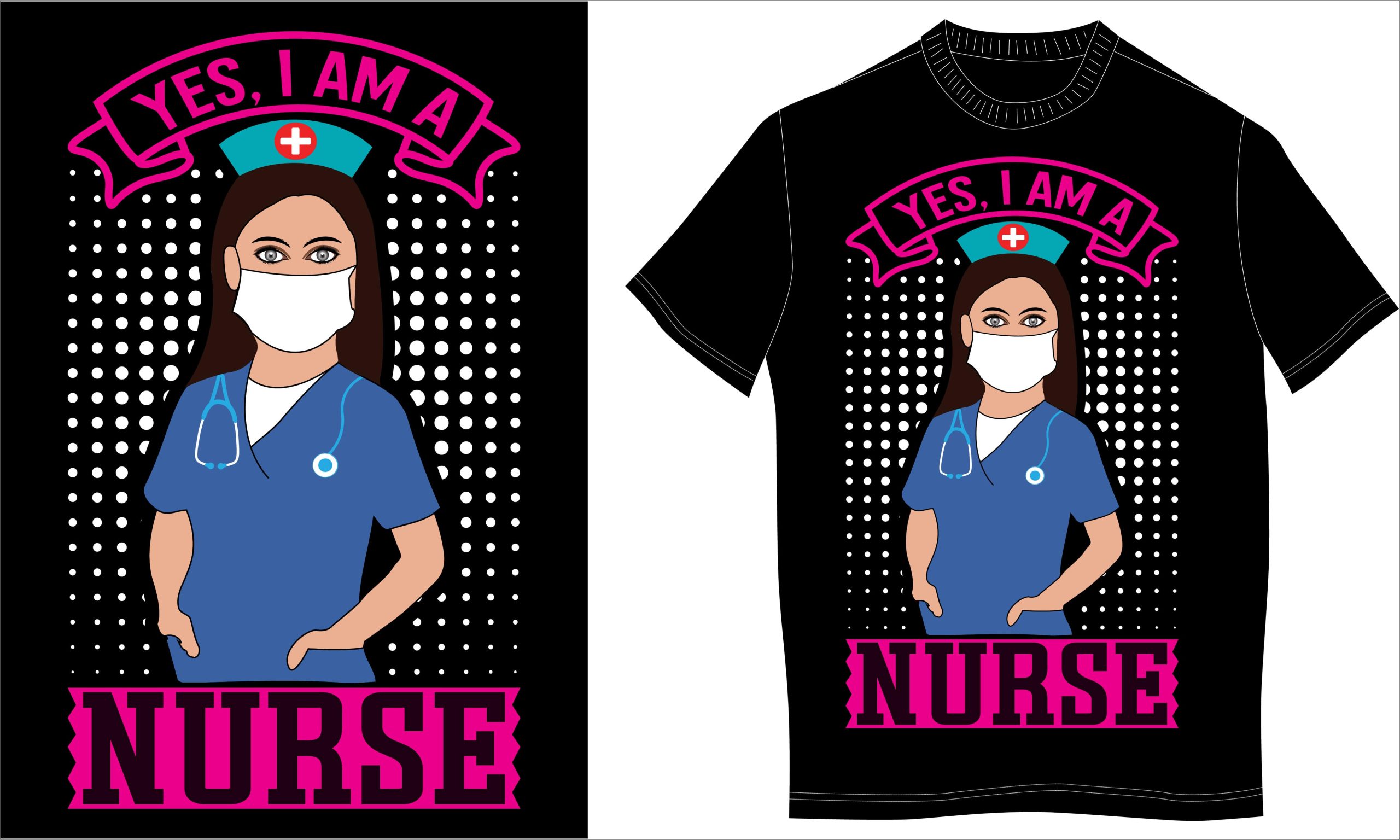DTF Transfers: Choosing Between DTF Transfers and Screen Printing
DTF Transfers, or Direct to Film Transfers, are rapidly gaining momentum in the custom apparel printing world, thanks to their ability to deliver high-quality fabric decoration with vibrant colors and intricate designs. Unlike traditional screen printing, DTF allows for easier personalization and flexibility, making it ideal for small batches or one-off items. With a printing process that involves transferring your design onto a specially coated film before applying it to the garment, DTF printing not only saves time but also produces exceptional results. This innovative technique is perfect for businesses and designers looking to make a mark with custom designs that stand out. As we delve deeper into the advantages of DTF transfers, you’ll discover how they compare and contrast with established printing techniques such as screen printing, ensuring you make an informed choice for your next project.
When exploring options for custom garment printing, one may encounter various terms including film transfers, digital printing, or even custom fabric printing. These alternatives often highlight the same benefits as DTF Transfers, tapping into the advantages of modern printing techniques and technology. As businesses and creative individuals seek to enhance their apparel lines, understanding the nuances between different printing styles becomes crucial. Not only do these methods like DTF and screen printing offer unique features in terms of color vibrancy and durability, but they also cater to varying production scales and budget requirements. This broader perspective allows designers to choose the right approach for their specific needs, leading to more effective and appealing fabric decoration.
DTF Transfers: Revolutionizing Custom Apparel
DTF transfers, or Direct to Film transfers, are transforming the landscape of custom apparel printing. This innovative technology allows users to print graphics directly onto a specially coated film, which makes the transfer application onto fabric both accurate and efficient. The bright colors and intricate details produced by DTF printing make it an exceptional choice for contemporary designs, especially when working with small batches or personalized items. Unlike traditional methods, DTF technology caters to a wide variety of fabrics, from cotton to polyester blends, ensuring versatility and usability across different apparel options.
With DTF transfers, businesses can easily produce high-quality, vibrant designs that stand out in the competitive market of fabric decoration. The key advantage of this method is its low initial setup costs, which can benefit small businesses and independent designers. This makes it easier for entrepreneurs to customize products without breaking the bank. As DTF technology continues to improve, we can expect even higher durability and wash resistance, further enhancing its appeal for those offering custom apparel.
Screen Printing: A Timeless Printing Technique
Screen printing, known for its long-standing presence in the custom printing industry, offers a classic solution for fabric decoration. This method, which involves using a mesh screen to transfer ink onto material, is particularly advantageous for large-scale productions. Screen printing excels in creating durable designs that can withstand numerous washes without fading, making it an ideal choice for bulk orders. For businesses looking to produce high quantities of apparel, screen printing provides cost efficiency and reliability that is hard to beat.
Moreover, screen printing allows designers to utilize a wide array of inks, including specialty inks that can create unique textures and effects, such as metallic or glow-in-the-dark finishes. This versatility in ink selection gives designers the freedom to play with innovative designs while still adhering to the structural integrity of the printed apparel. As technology evolves, screen printing techniques have also improved, integrating more eco-friendly inks that cater to the growing demand for sustainable fashion.
Comparing Quality: DTF vs. Screen Printing
When assessing the quality of **DTF transfers** compared to traditional screen printing, key factors come into play. DTF is known for producing sharp, vivid images, making it a preferred choice for detailed graphics and color-heavy designs. This method retains the softness of the fabric while delivering outstanding visual results, which is essential for custom apparel that feels premium. In contrast, screen printing delivers long-lasting durability, particularly for simple designs with fewer color layers. While high-quality screen prints can withstand multiple laundering without degrading, the softness and flexibility of DTF prints can sometimes be more appealing to the consumer.
In summary, the quality comparison between these two techniques boils down to the specific requirements of the project. For intricate artwork and smaller runs, DTF printing is likely to deliver superior results in terms of visual fidelity. However, if the focus is on durability and cost-effectiveness for larger batch sizes, screen printing stands out as a more robust option. Each method has its strengths and aligns differently with various types of design needs.
Cost Considerations: Budgeting for Your Project
Budget plays a significant role in the decision-making process when choosing between **DTF transfers** and screen printing. For those working on small runs or unique custom pieces, DTF usually presents a more manageable upfront investment. The ability to eliminate complex screen preparation not only lowers initial costs but also streamlines production timelines, making it an attractive option for start-ups and independent designers. Additionally, the flexibility of DTF allows for rapid design changes without incurring extra expenses.
Conversely, businesses that anticipate large order volumes would find screen printing to be much more economical. The setup costs for screen printing may be higher initially, but as production scales, the per-item price decreases significantly. Therefore, companies looking to produce large quantities should evaluate these costs wisely. Ultimately, knowing your project’s scale and budget will guide you toward the most cost-effective printing method for your needs.
Design Complexity: Tailoring Your Approach
The complexity of your design is crucial in determining whether **DTF transfers or screen printing** is the best fit. DTF printing thrives on intricate patterns and vibrant, multi-colored designs, allowing for remarkable detail without the hassle of separate screens. This makes DTF particularly appealing for businesses that specialize in custom graphics or promotional items where artistic expression is paramount. Designers can leverage this technology to produce stunning results that resonate with target audiences, enhancing their brand’s visual appeal.
In contrast, screen printing can become cumbersome when applied to highly detailed designs, as each color typically requires its own screen. This can slow down the production process and increase costs for more complex projects. Therefore, if your creative visions involve elaborate designs or multi-layered graphics, DTF is the preferable route. Understanding the nuances of each method’s capability to handle design intricacies will allow you to make an informed choice and achieve the desired outcome.
Future Trends in Apparel Printing: Innovations Ahead
The future of **custom apparel printing** is being reshaped by advancements in technology for both DTF transfers and screen printing. DTF technology is anticipated to continue evolving with better ink formulations, allowing prints to achieve increased durability and wash resistance. As manufacturers innovate, the repertoire of colors and materials compatible with DTF is likely to expand, opening new avenues for creative applications in fabric decoration. Additionally, the growth of e-commerce has made personalized items more popular, favoring styles that are made using DTF.
At the same time, screen printing is embracing sustainability trends as environmental consciousness heightens among consumers and businesses alike. The integration of eco-friendly inks and more efficient printing practices ensures that this beloved method remains relevant in an ever-changing market. Both techniques are progressing, paving the way for a future where businesses can choose between a well-established process and a technically advanced alternative to meet their production needs.
Frequently Asked Questions
What are DTF Transfers and how do they compare to screen printing?
DTF Transfers, or Direct to Film Transfers, involve printing designs onto a specially coated film, which is then applied to fabrics using heat. Compared to screen printing, which requires individual screens for each color, DTF offers quicker setups and vibrant prints, making it ideal for detailed and customized designs.
What are the advantages of using DTF printing for custom apparel?
The advantages of DTF printing for custom apparel include versatility across different fabrics, the ability to produce vibrant and detailed designs, low initial setup costs, and suitability for small runs or personalized items.
Is DTF printing durable compared to screen printing?
Although DTF printing has improved in durability with advancements in technology, screen printing generally offers greater longevity, particularly for large orders that require multiple washes. Proper care and high-quality inks can enhance the durability of DTF prints.
When should I choose DTF Transfers over Screen Printing?
Choose DTF Transfers over screen printing when working with small batches or intricate designs, as DTF is efficient for less complex orders and provides high-quality prints without the need for multiple screens.
What types of fabrics can DTF Transfers be applied to?
DTF transfers can be used on a variety of fabrics, including cotton, polyester, and fabric blends, making it a versatile option for custom apparel printing across different materials.
How do the costs of DTF Transfers compare to Screen Printing?
DTF Transfers generally have lower initial costs for small orders, making them budget-friendly for smaller businesses or freelance designers, while screen printing becomes more cost-effective for larger runs due to its economy of scale benefits.
| Key Points | DTF Transfers | Screen Printing |
|---|---|---|
| Versatility | Ideal for various fabrics like cotton and polyester, allowing flexibility for different materials. | Best suited for fabric types, but less versatile compared to DTF. |
| Customization | Suitable for personalized items and small runs, enabling unique designs for each piece. | Less flexible for custom orders, as each color requires a separate screen. |
| Quality Prints | Produces vibrant colors and detailed images that are soft to the touch. | Offers durability but may lack the color detail for complex designs. |
| Low Initial Setup Cost | Requires minimal setup, making it affordable for small businesses. | Higher initial costs due to screen preparation, but cost-effective for bulk orders. |
| Recent Trends | Improvements in ink formulations have enhanced quality and wash resistance. | Adoption of eco-friendly inks and automated systems for greater efficiency. |
Summary
DTF Transfers are rapidly becoming a popular choice for custom apparel due to their versatility and ease of use. This innovative printing method excels in producing vibrant and detailed designs, making it an ideal solution for businesses focusing on personalized items or complex color work. On the other hand, screen printing remains a trusted technique known for its durability and cost-effectiveness, particularly for larger orders. When selecting between these two methods, it’s essential to consider the scale of your project, the intricacy of your designs, and your budget. By understanding the strengths of both DTF Transfers and screen printing, you can make an informed decision that will enhance your apparel offerings and cater to your customers’ expectations.

